When it comes to promoting healthy soil and maximizing crop yields, choosing the right soil amendment is essential for farmers and gardeners alike. Lime and dolomite are two commonly used amendments that offer unique benefits and properties. This article will delve into the differences between lime and dolomite, helping readers make an informed decision for their agricultural needs. 1. Chemical Composition: Lime, also known as agricultural lime or calcium carbonate (CaCO3), is a soil amendment composed primarily of calcium. It raises soil pH levels and helps neutralize soil acidity, leading to improved nutrient availability for plant uptake. Dolomite, on the other hand, is a mineral comprising both calcium and magnesium carbonates (CaMg(CO3)2).
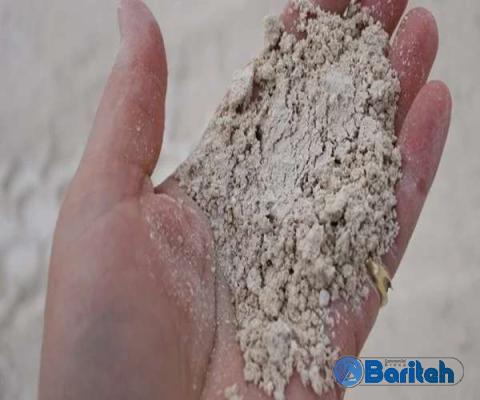
.
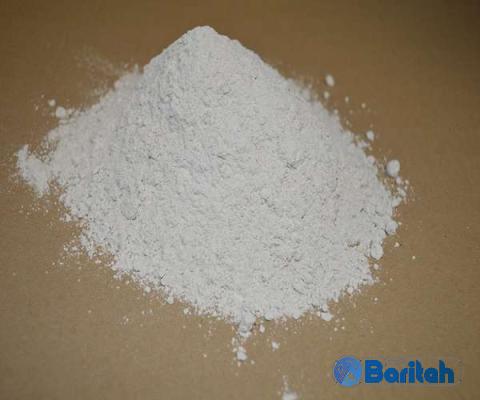 It acts as a multi-purpose soil amendment, offering both pH adjustment and essential nutrient enrichment. 2. pH Adjustment and Soil Acidity: One of the main distinctions between lime and dolomite lies in their ability to adjust soil pH. Lime’s primary function is to neutralize acidic soil conditions by increasing the pH level. This allows for better nutrient absorption and microbial activity. Dolomite, in addition to raising pH levels, provides the added benefit of magnesium supplementation.
It acts as a multi-purpose soil amendment, offering both pH adjustment and essential nutrient enrichment. 2. pH Adjustment and Soil Acidity: One of the main distinctions between lime and dolomite lies in their ability to adjust soil pH. Lime’s primary function is to neutralize acidic soil conditions by increasing the pH level. This allows for better nutrient absorption and microbial activity. Dolomite, in addition to raising pH levels, provides the added benefit of magnesium supplementation.
..
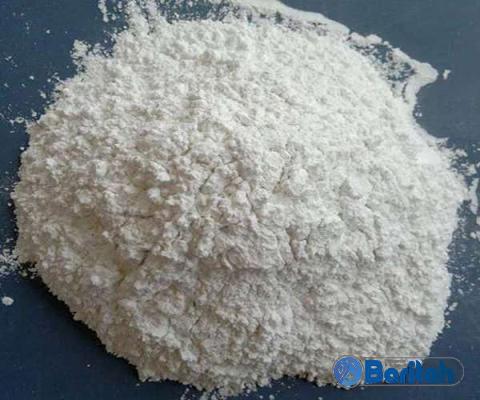 It is particularly beneficial for magnesium-deficient soils. 3. Nutrient Content and Secondary Elements: While lime primarily provides calcium, dolomite contains both calcium and magnesium, making it an excellent source of these essential nutrients. Both elements play vital roles in plant development, including facilitating photosynthesis, enzyme activation, and overall growth. Dolomite’s magnesium content is especially beneficial for crops that require higher magnesium levels, such as tomatoes, peppers, and potatoes. 4. Soil Binding Properties: Dolomite possesses unique soil-binding properties due to its magnesium content. This makes it particularly useful for sandy soils, as it helps retain moisture and improves soil structure. Lime, although it lacks the soil-binding ability of dolomite, still contributes to improved soil structure by enhancing microbial activity and reducing soil compaction.
It is particularly beneficial for magnesium-deficient soils. 3. Nutrient Content and Secondary Elements: While lime primarily provides calcium, dolomite contains both calcium and magnesium, making it an excellent source of these essential nutrients. Both elements play vital roles in plant development, including facilitating photosynthesis, enzyme activation, and overall growth. Dolomite’s magnesium content is especially beneficial for crops that require higher magnesium levels, such as tomatoes, peppers, and potatoes. 4. Soil Binding Properties: Dolomite possesses unique soil-binding properties due to its magnesium content. This makes it particularly useful for sandy soils, as it helps retain moisture and improves soil structure. Lime, although it lacks the soil-binding ability of dolomite, still contributes to improved soil structure by enhancing microbial activity and reducing soil compaction.
…
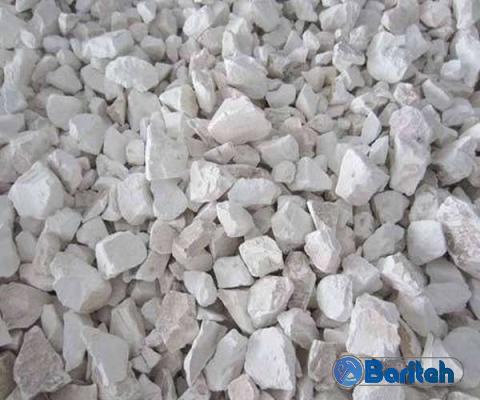 5. Application Methods and Rates: For proper application, both lime and dolomite can be incorporated into the soil through mechanical methods, such as tilling or plowing. Generally, lime is recommended at lower application rates to address soil acidity, usually around 2-3 tons per acre, depending on soil pH. Dolomite, with its additional magnesium benefits, is applied at slightly higher rates, typically around 3-5 tons per acre. Conclusion: In summary, choosing between lime and dolomite depends on specific soil conditions, desired pH adjustment, and nutrient requirements. Lime focuses on pH correction, neutralizing acidity, and optimizing nutrient availability, while dolomite provides an excellent balance of pH adjustment and essential magnesium enrichment. By understanding the properties, benefits, and appropriate application rates associated with these soil amendments, farmers and gardeners can make informed decisions to enhance soil health, crop productivity, and overall agricultural success.
5. Application Methods and Rates: For proper application, both lime and dolomite can be incorporated into the soil through mechanical methods, such as tilling or plowing. Generally, lime is recommended at lower application rates to address soil acidity, usually around 2-3 tons per acre, depending on soil pH. Dolomite, with its additional magnesium benefits, is applied at slightly higher rates, typically around 3-5 tons per acre. Conclusion: In summary, choosing between lime and dolomite depends on specific soil conditions, desired pH adjustment, and nutrient requirements. Lime focuses on pH correction, neutralizing acidity, and optimizing nutrient availability, while dolomite provides an excellent balance of pH adjustment and essential magnesium enrichment. By understanding the properties, benefits, and appropriate application rates associated with these soil amendments, farmers and gardeners can make informed decisions to enhance soil health, crop productivity, and overall agricultural success.
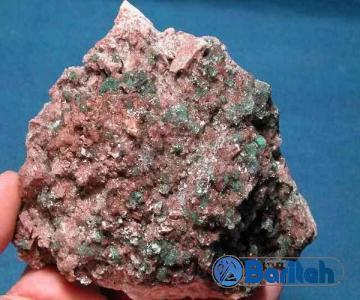
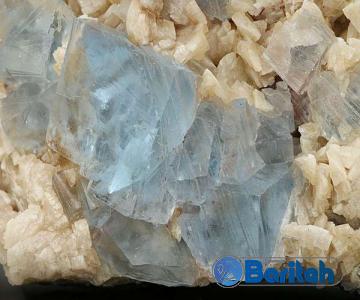
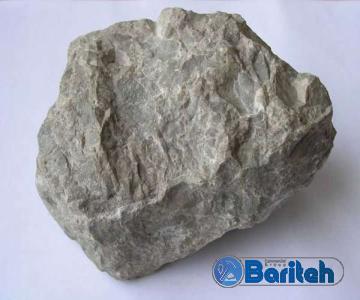
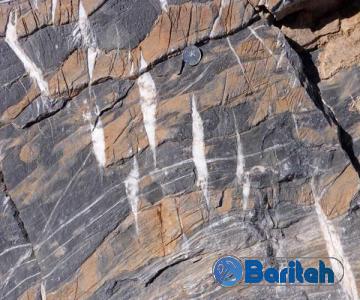
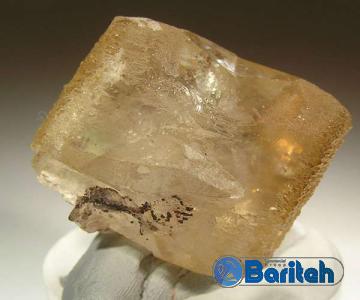
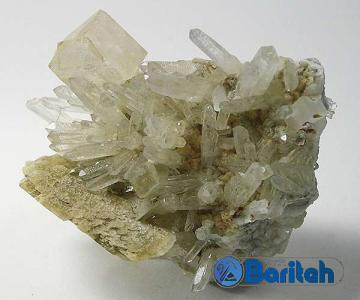
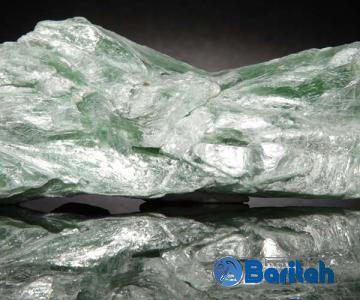
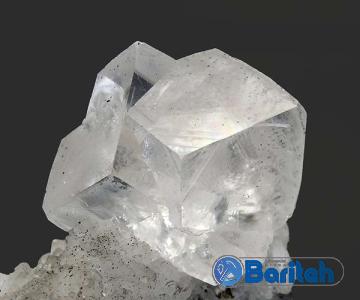

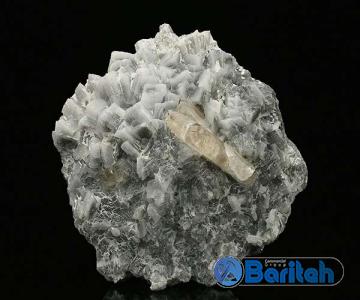
Your comment submitted.